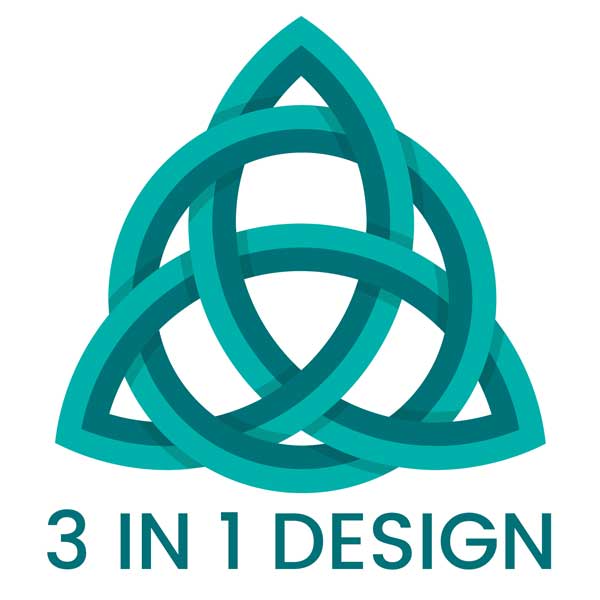How do printers make ink stick to fabric? When it comes to print-on-demand apparel operations, sublimation is often used. This method allows printers to create full, seam-to-seam designs on demand. Read on to understand sublimation printing and how it works.
What is sublimation printing, and how does it work?
Sublimation uses heat and ink to create a full-garment design. The design is printed on special paper. When the ink is heated, it turns into gas. The heat opens up the fabric’s fibers, allowing the gaseous dye to penetrate deeply. When the process is finished, the fabric and ink are cooled. The ink returns to its solid form, now embedded within the fibers.
This leaves behind a permanent full-color design on the fabric used. Instead of lying on the surface of the fabric, the ink merges into the fabric. In turn, the design stays longer and is less prone to fading than other printing methods. No matter how often you wash the garment, it won’t peel, fade or crack.
Sublimation has been a game-changer for the printing industry. Rather than limiting yourself to a single logo on a t-shirt or hat, you can use full-garment designs, printed from seam to seam. This opens up a significant number of design possibilities.
Sublimation is often used on fabrics, but it can also be used to print on ceramics, metals and wood with special coatings.
Advantages and drawbacks of sublimation printing
Like any printing method, sublimation has pros and cons. Whether it’s a good option for your next project depends on the specifics:
- More design freedom: The best benefit of sublimation printing is the sheer freedom you’ll have with the design. Since the entire garment is your “canvas,” you can print full-garment designs on fabric. Whether you want an epic galaxy cat shirt or something more subtle, sublimation offers a lot of potential for variety.
- Design durability and longevity: Since the design is embedded into the fabric itself, it won’t fade, crack or peel over time. You can feel comfortable washing the clothing over and over.
- Scalable print quantity: Whether you want one shirt, 10 or 10,000, sublimation printing offers excellent scalability. Get exactly what you want (and how many) every time.
- Great for projects with design variation: If you need to print projects with a lot of small design variations (such as names), sublimation printing is a great way to get what you need.
- Print on demand: Sublimation is most commonly used in print-on-demand projects, making it convenient for small batches or orders.
- Polyester blends only: One drawback to sublimation printing is the fact that it can only be used on polyester blends or 100 percent polyester fabric. The less polyester in the fabric, the more of a “vintage” or “distressed” look the printing will have.
- Creasing: Finally, sublimation is prone to creasing. This occurs when the fabric is wrinkled during printing. The design won’t print on the creased portion.
Now that you know how sublimation printing works, you can design your own apparel. Call 3 in 1 Design today to get started.

